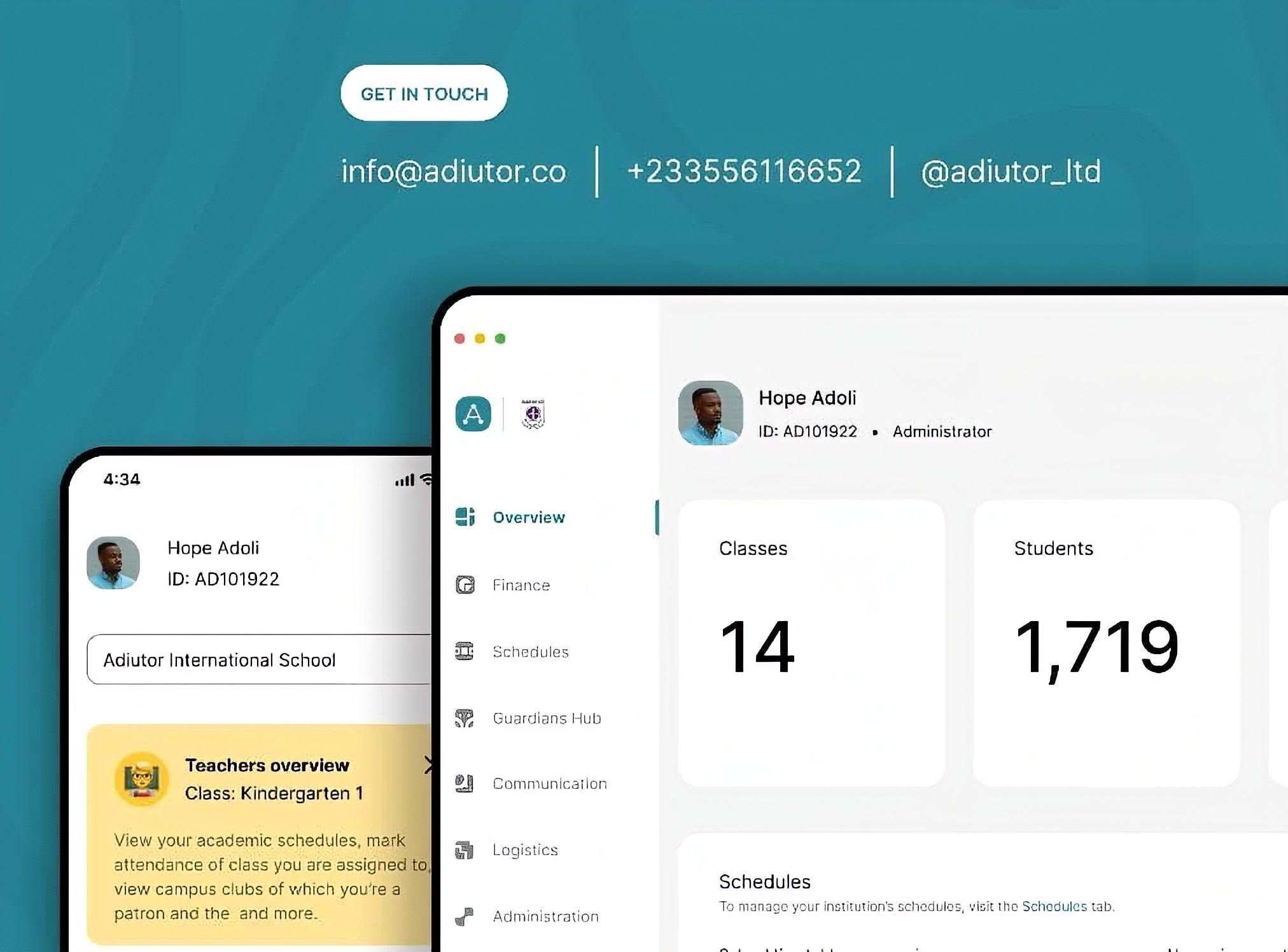Preventing Academic Burnout Among School Students
Academic burnout is a sustained response to prolonged academic pressure. For many school students, this pressure builds slowly. Over time, it can lead to emotional exhaustion, a drop in motivation, and a sense of detachment from schoolwork.

Academic burnout is a sustained response to prolonged academic pressure. For many school students, this pressure builds slowly. Over time, it can lead to emotional exhaustion, a drop in motivation, and a sense of detachment from schoolwork. A student who was once curious and engaged now feels indifferent or overwhelmed by even small tasks.
Burnout develops when the demands placed on students consistently outweigh their capacity to manage them. This can stem from packed schedules, high expectations (from self or others), limited downtime, or a lack of support structures. Academic burnout is particularly important to address in school-aged children because it can occur during key developmental years. Unlike adults, students are still forming their habits, identities, and coping strategies.
When students experience prolonged academic stress, the body releases high levels of cortisol, the stress hormone. While cortisol is useful in short bursts, sustained elevation can disrupt the structure and function of key brain areas. The hippocampus, which plays a central role in forming and recalling memories, is particularly vulnerable to stress. High cortisol levels impair its function, making it harder for students to absorb and retain new information. This explains why burned-out students may study for hours but struggle to remember material.
What Causes Burnout in Students?
Academic Overload: This is the most visible cause. Students juggling a full course load, extracurriculars, and test prep can find themselves in a constant cycle of deadlines. But it’s not just the volume of work but also the intensity.
Pressure to Achieve:
This one often flies under the radar. Many students carry internal or external pressure to meet high expectations—whether from parents, teachers, peers, or themselves. Over time, the fear of not measuring up becomes exhausting.
Emotional and Social Stressors: Conflict with peers, family issues, or feelings of isolation can silently wear students down. If emotional needs are unmet, academic resilience tends to decline.
Poor Recovery Habits: Burnout thrives when there’s no real recovery. If a student’s idea of rest is doom-scrolling through social media between assignments, they’re not actually relaxing. Without quality downtime, the stress cycle just keeps spinning.
Building Better Recovery Habits
For students dealing with mounting academic stress, learning how to recover well is just as important as managing time or studying effectively. Good recovery habits are often overlooked because they seem simple or “soft,” but in practice, they’re the foundation for preventing long-term burnout.
Quality Sleep: We all know sleep matters, but it’s not just about getting eight hours. It’s about restorative sleep, creating a screen-free wind-down routine, and allowing the mind and body to fully recharge.
Active Rest vs. Passive Scrolling: There’s a big difference between zoning out on social media and actively decompressing. Activities like going for a walk, playing music, or journaling help regulate stress. These forms of active rest reset the brain in a way that endless screen time doesn’t.
Mental Detachment from Schoolwork: True recovery means mentally stepping away from academics. Students should have parts of the day where school isn’t the main thought. When they’re not checking grades or planning the next assignment. Even short, academic-free windows in the evening can dramatically improve well-being.
Creative and Physical Outlets: Burnout often thrives in routines that lack variety. Creative hobbies like drawing, dancing, or writing fiction activate different parts of the brain and allow for emotional expression. Physical activity, like sports or just stretching, helps reduce cortisol and boost mood.
Social Connection That Feels Safe: Spending time with people who make students feel supported has restorative power. Even quick check-ins with a friend or a sibling can break the mental loop of academic stress.

Adiutor
Adiutor means "helper" - we do just that, by taking a load of your school administration and helping you focus on what matters most: the kids.
REFERENCES
- Bali, O., Kaya, A., Sata, M., & Allen, K.-A. (2024). Bibliometric analysis of studies on academic burnout in students. Journal of University Teaching and Learning Practice.
- Koropets, O., Fedorova, A., & Kačane, I. (2019). Emotional and academic burnout of students combining education and work. EDULEARN19 Proceedings.
- Cuevas-Caravaca, E., Sánchez-Romero, E. I., & Antón-Ruiz, J. A. (2024). Academic burnout, personality, and academic variables in university students. European Journal of Investigation in Health, Psychology and Education, 14, 1561–1571.
- Mostafavian, Z., Farajpour, A., Ashkezari, S. N., & Shaye, Z. (2018). Academic burnout and some related factors in medical students. Journal of Ecophysiology and Occupational Health.
- Wahyuni, S., Agustina, H., & Munthe, R. A. (2023). The relationship between personality and academic burnout: Exploring the influence of psychological well-being and demographic factors. International Journal of Islamic Educational Psychology.
